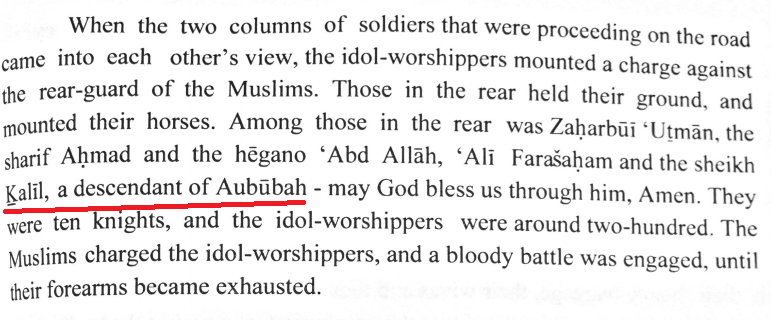Famous sites in mainly today's Borama district:
1. Legendary Kafir's (Galla) grave in Awdal. Resembles more of an ancient Cushitic burial site.
2. Halimalah holy tree, Awdal where the the Ugaas (King) would tie his turban. Said to be the ancient place of prayer for Galla or proto Cushitic people.


3. Queen Kola's Fort, Awdal:
Queen Kola's castle was destroyed in the ensuing battles between the inhabitants of Aububah and the latter was also destroyed. Queen Kola was known to be a cruel wicked Queen.

4. Shaykh Aububah's tomb, the famous hero of the Adal wars mentioned in Fathul Habashah


^^Fathul Habasha
5. Awbare, near Borama. Huge ancient settlement.

1. Legendary Kafir's (Galla) grave in Awdal. Resembles more of an ancient Cushitic burial site.
2. Halimalah holy tree, Awdal where the the Ugaas (King) would tie his turban. Said to be the ancient place of prayer for Galla or proto Cushitic people.


3. Queen Kola's Fort, Awdal:
Queen Kola's castle was destroyed in the ensuing battles between the inhabitants of Aububah and the latter was also destroyed. Queen Kola was known to be a cruel wicked Queen.

4. Shaykh Aububah's tomb, the famous hero of the Adal wars mentioned in Fathul Habashah


^^Fathul Habasha
5. Awbare, near Borama. Huge ancient settlement.







